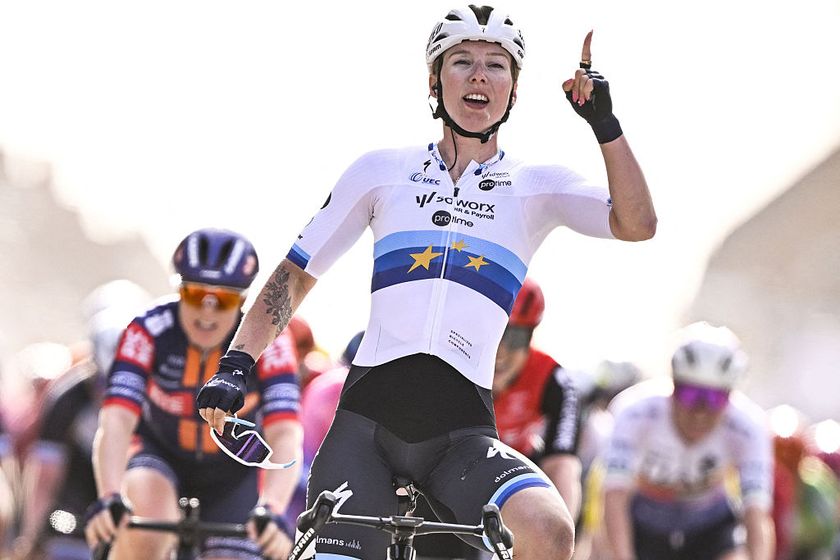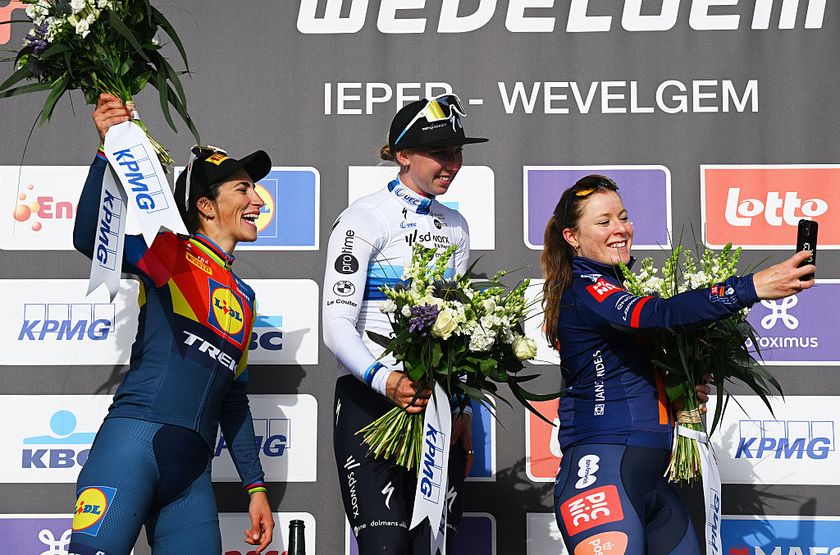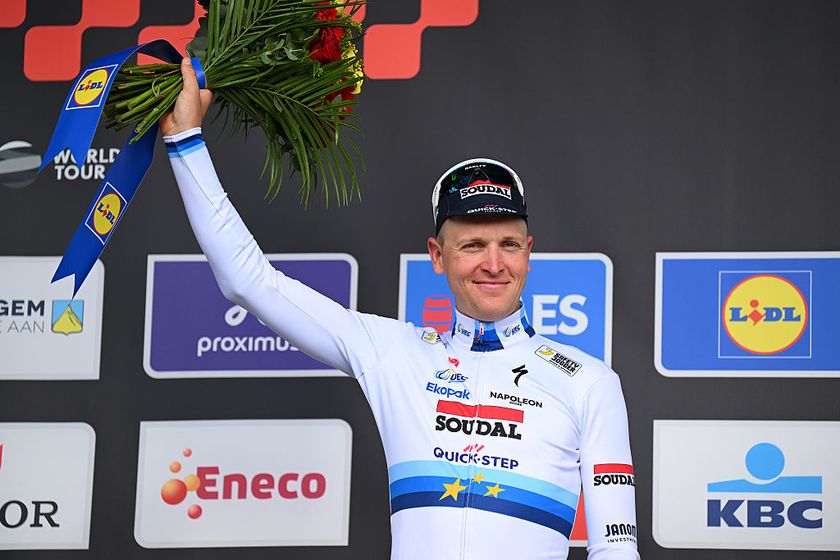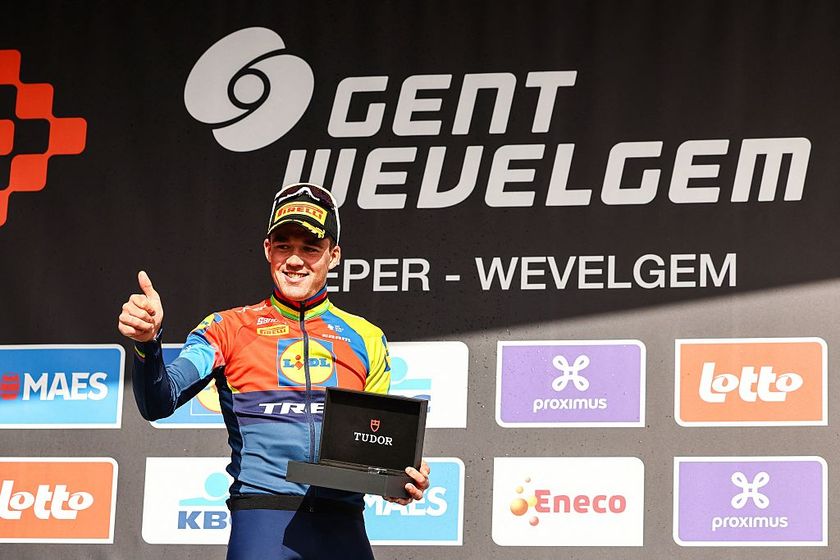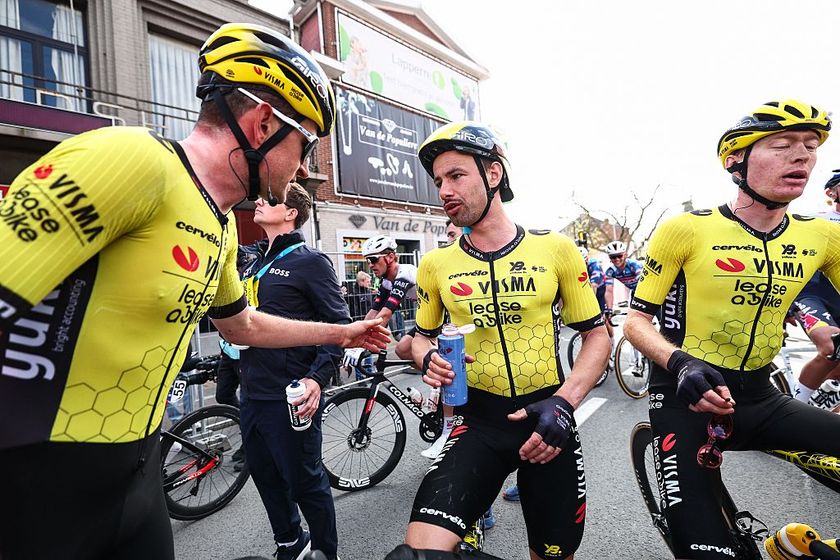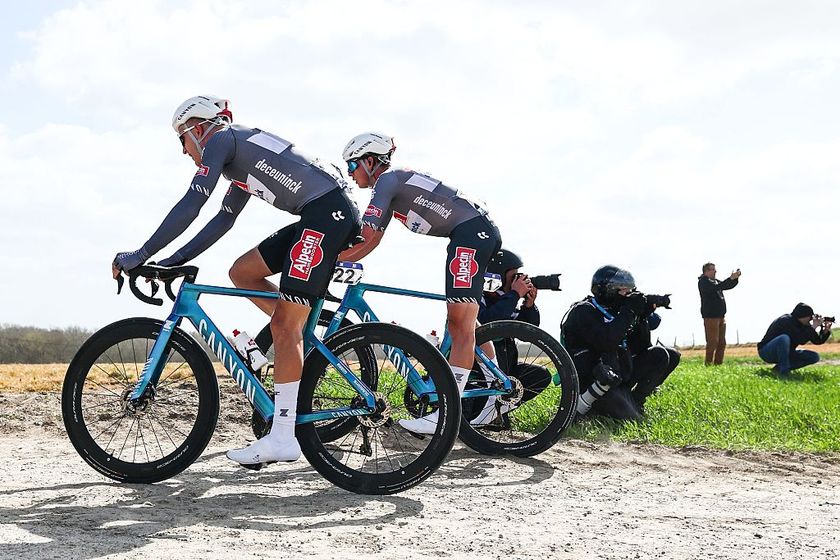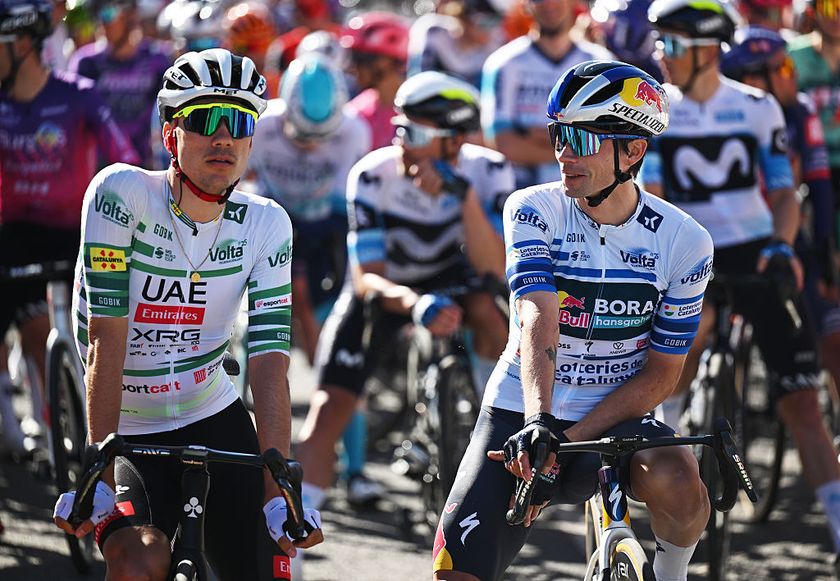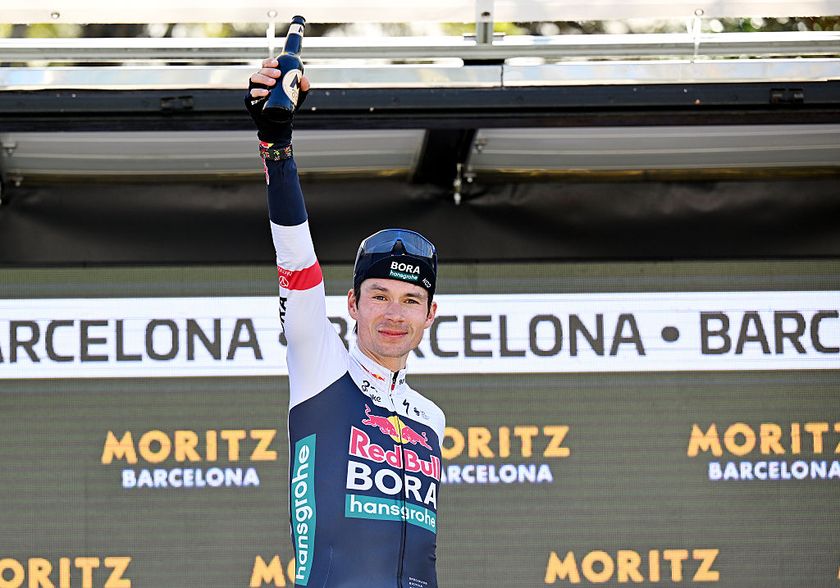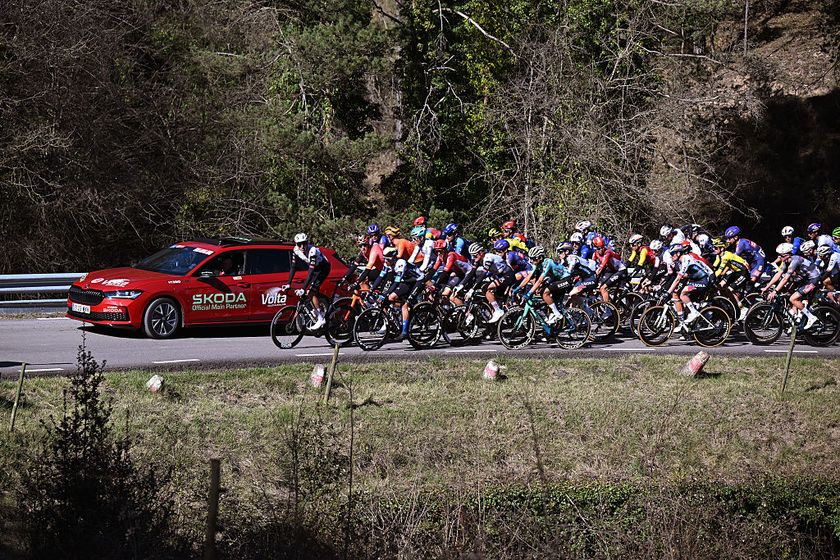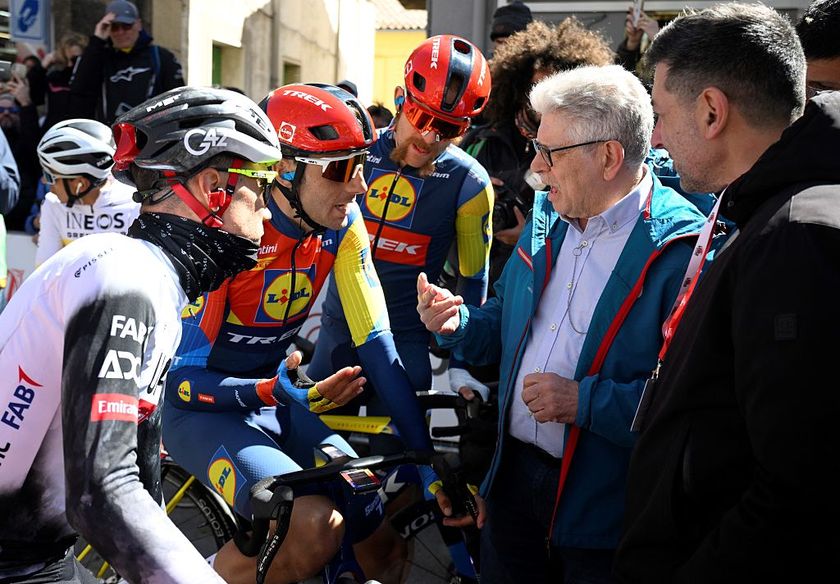New climb in Liège-Bastogne-Liège softens the challenge
Cote de Roche aux Faucons replaced with easier alternative


Road construction means that a key climb in Liège-Bastogne-Liège, the Cote de Roche aux Faucons, won't be in the race this year. The replacement, the Cote de Colonster, with its summit at kilometre 244 of 261 that make up this year's Doyenne, is not as difficult.
Since 2008, the Roche aux Faucons has been the third to last climb for Liège-Bastogne-Liège, preceding the Cote de Saint Nicolas, and the long, unclassified ascent to Ans. The climb was narrow, twisting and steep, with a level crossing and sharp right hander just before it. There was also a large open drain running down much of the middle of it. In five years, it has come to form a classic ingredient in the finale of Liege-Bastogne-Liege.
This year, however, road work affecting the upper half of the climb have rendered it unusable. And the Cote de Sart Tilman, which was previously used, is also unavailable due to a horse fair.
An alternative climb, the Cote de Colonster will be used, and apart from its length of around three kilometres and its position in the race following the unclassified Cote de Sprimont and preceding the Saint Nicolas, it could not be more different to the Roche aux Faucons.
Steadily rising, broad and well-surfaced, Colonster is far more of a power climb. With no sharp bends, staging ambushes will be impossible. And the steepest part, perhaps eight percent at the hardest, comes right at the bottom, after which it is a straightforward big-gear grind to the top in the woods near Liege University. The climb is 2.6km long and averages a six percent grade.
As if that was not enough to reduce its importance, together with the Mont Theux (2.7 kilometres at 5.9 percent), the easiest of all the of Liege-Bastogne-Liege's 11 climbs, there are also around three kilometres more of flat road between the Sprimont and the foot of the Colonster.
And after the top, rather than a difficult descent, there are three kilometres of false flat. It is very close to where the Tour de France stage finished at Seraing last year. What follows is a fast, fairly straight descent to the River Meuse and a return back to the usual Liege-Bastogne-Liege route - a dash round the foot of the Standard Liege stadium, and then onto the Cote de Saint Nicolas.
Get The Leadout Newsletter
The latest race content, interviews, features, reviews and expert buying guides, direct to your inbox!
It seems like the route change will make it harder for breakaways to stick after La Redoute. Saint-Nicolas is once again more likely to be where the real showdown begins, much closer to the finish.
Alasdair Fotheringham has been reporting on cycling since 1991. He has covered every Tour de France since 1992 bar one, as well as numerous other bike races of all shapes and sizes, ranging from the Olympic Games in 2008 to the now sadly defunct Subida a Urkiola hill climb in Spain. As well as working for Cyclingnews, he has also written for The Independent, The Guardian, ProCycling, The Express and Reuters.
